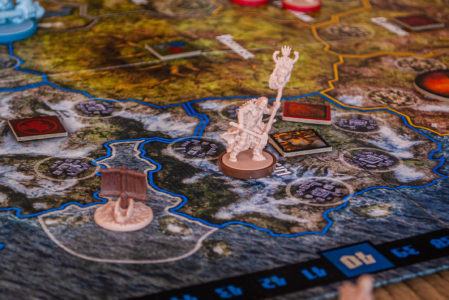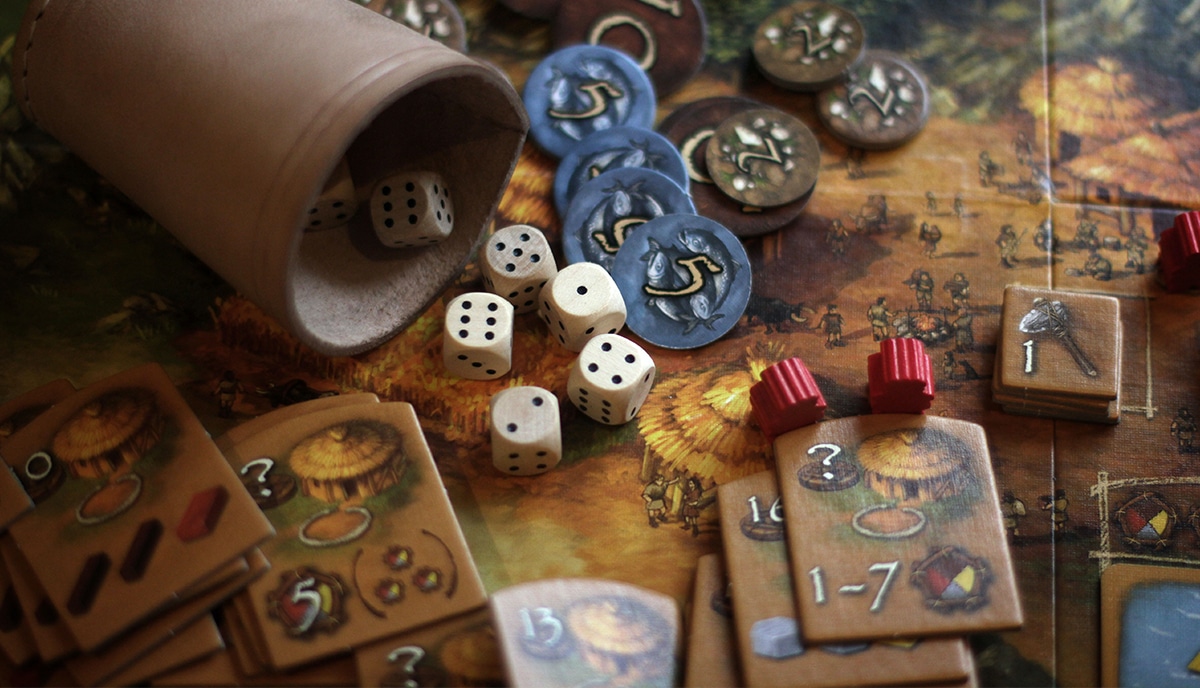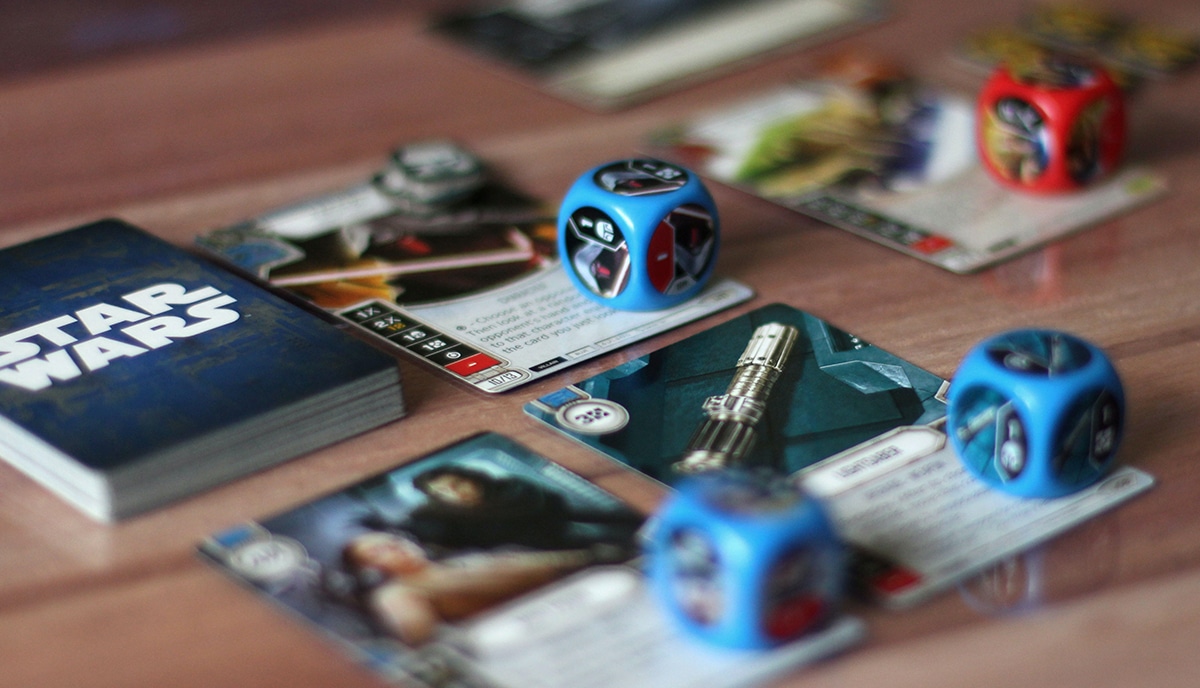We take a deep dive into an essential and fascinating aspect of custom board game design: mechanics — what they are, how they work, and how to incorporate them into your design
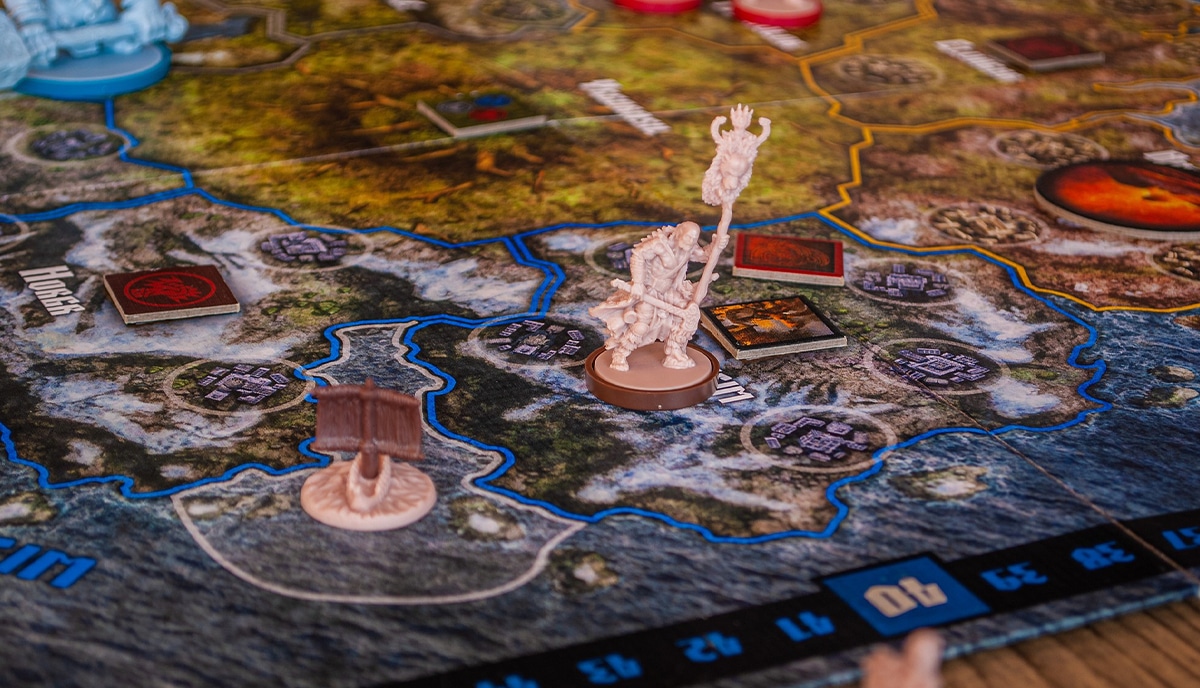
As an independent game designer, understanding the various board game mechanics is crucial for creating engaging and exciting experiences for players. From the classic roll-and-move approach to more complex systems like deck building and worker placement, each mechanic adds a unique twist to the gameplay. In this concise but helpful guide, we will explore the theory and practice of board game mechanics, delving into their intricacies and how they can be effectively used in your designs.
Understanding board game mechanics
Board game mechanics are the systems, mechanisms, and rules that govern how players interact with the game and each other. They are the building blocks that create the overall game experience, shaping the challenges and decisions that players face throughout the gameplay. A deep understanding of these mechanics is essential for designing games that are both engaging and fun, as well as ensuring that your game stands out from the crowd.
With so many traditional mechanics, and their many variations from which to choose—not to mention the possibility of inventing a new board game mechanic—you must take care to get the balance right. Less is often more when it comes to board game mechanics. As a good rule of thumb, introduce only those mechanics which are necessary to enable the players to enjoy the game, keep the pace right, and be fair. When designing a game and choosing or devising the mechanics, it's important to consider the following three key aspects:
- Player interaction: How do players engage with the game and other players? Are they competing or cooperating? How do their actions affect the game state and other players' strategies?
- Decision-making: What choices do players face on their turn? Are these decisions meaningful and impactful? How do players weigh the benefits and risks of different actions?
- Game progression: How does the game develop over time? Are there milestones or objectives that players must achieve? What systems are in place to ensure that the game remains balanced and interesting throughout its duration?
By exploring these questions and examining existing game mechanics, you can develop a solid foundation for your game design. You'll also need to consider that no single aspect of game design has absolute precedence over any other: theme, genre, win conditions, components, rules, and mechanics all form a sort of ecosystem which must be healthy and balanced to make the game experience enjoyable and engaging for the players.
Popular board game mechanics
There is an array of board game mechanics that have been used in various games over the years. Some of these mechanics have become staples of the industry, while others have emerged as innovative approaches to gameplay. Here, we will explore some of the most popular board game mechanics and how they can be used in your own custom designs. You can also use them as points of departure to inspire new variations and possibilities if you wish.
Action points
Action points are a system used to limit the number of actions a player can take during their turn. Players receive a set number of action points each turn, which they can spend on various actions, such as moving, attacking, or using special abilities. This mechanic allows for strategic decision-making, as players must carefully allocate their limited resources to maximize their impact on the game. Eldritch Horror, Pandemic, and Blood Rage are all popular board games that use action points as a core game mechanic.

Area control/area influence
Area control, also known as area influence or area majority, is a mechanic in which players compete for control over specific areas on the game board. Players typically gain control of an area by having the most units or influence in that space, and the benefits of controlling an area can range from earning victory points to accessing valuable resources or abilities. This mechanic encourages strategic placement of units and promotes competition between players. Kemet, Ethnos, and Cyclades are all games which use area control or influence as a central mechanic of play.
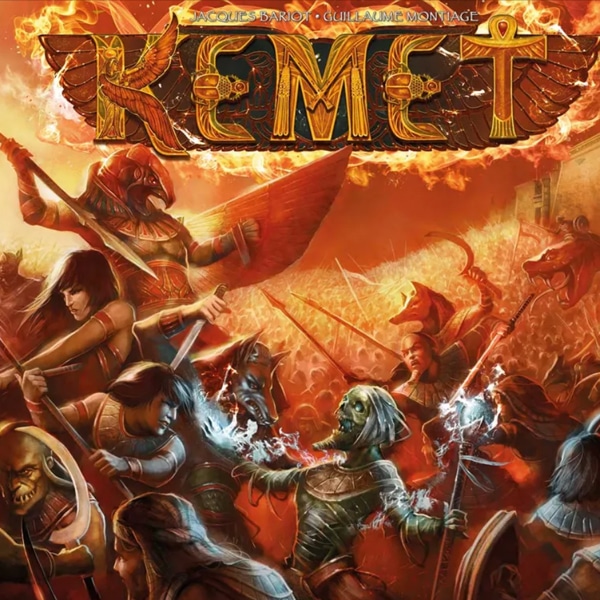
Auction/bidding
Auction and bidding mechanics involve players competing for resources, cards, or other game elements by placing bids using in-game currency or other resources. The highest bidder typically wins the auction and receives the desired item or action. This mechanic introduces an element of risk and reward, as players must balance the potential benefits of winning an auction against the cost of their bids. The Estates, El Grande, and Biblios are all successful board games in which auctioning and bidding are essential mechanics of play.
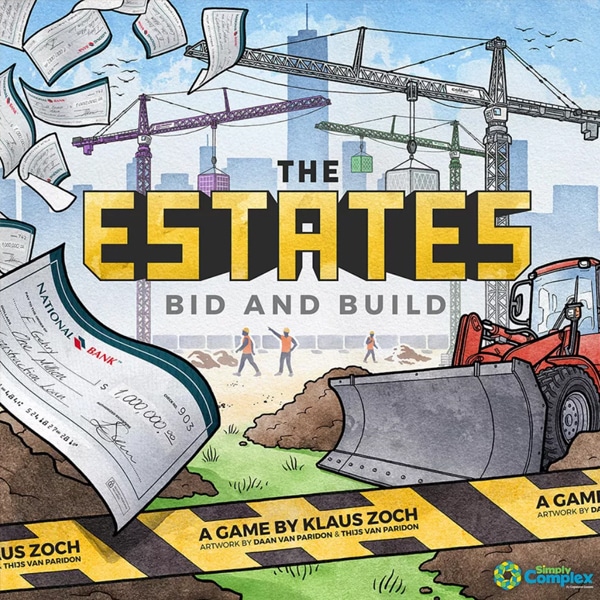
Deck building
Deck building games revolve around players crafting their own custom deck of cards throughout the game. Players start with a basic deck and can add or remove cards as the game progresses, optimizing the deck to match their strategy or adapt to the evolving game state. Deck building mechanics promote strategic decision-making and reward players for carefully planning and executing their strategies. Dominion, Lost Ruins of Arnak, and Great Western Trail are good examples of deck building games.
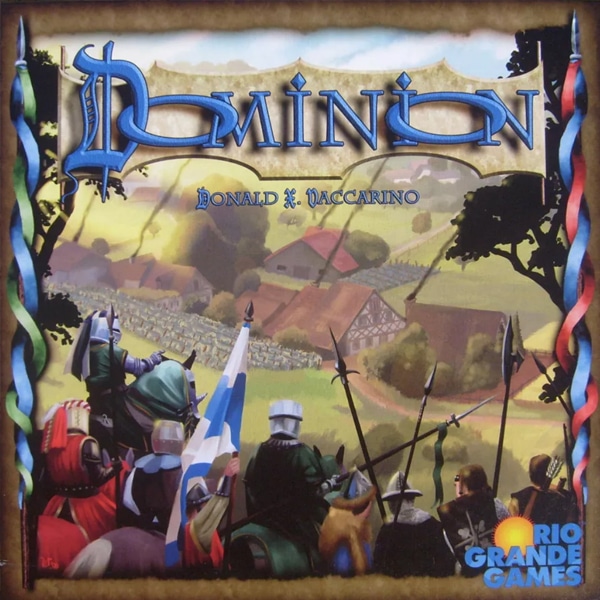
Hand management
Hand management mechanics involves players managing the cards in their hand to optimize their actions and achieve their objectives. Players must carefully decide which cards to play, which to hold on to for future turns, and which to discard, often making tough choices between competing priorities. Hand management mechanics reward strategic thinking and careful planning. Magic: The Gathering, Fire Tower, and Star Realms are all popular games in which hand management plays a part.
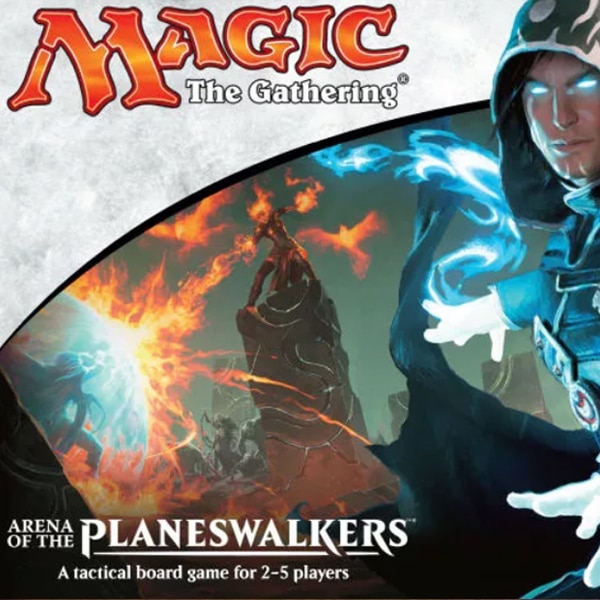
Set collection
Set collection mechanics involve players attempting to gain sets of cards or other game components—such as gems or coins—often by trading, purchasing, or otherwise interacting with other players or the game state. Completing sets typically grants players victory points, bonuses, or other benefits, encouraging players to strategize and prioritize their actions to gain the desired components. Azul, The Castles of Burgundy, and Wingspan are well-loved board games in which set collection is a fundamental mechanic.
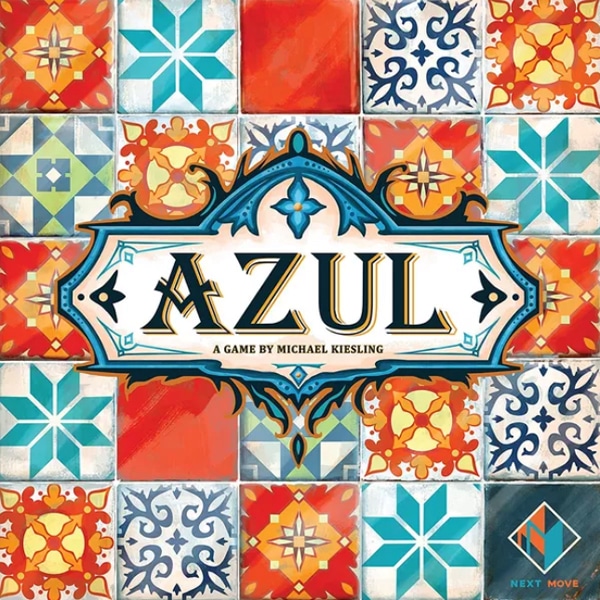
Tile placement
Tile placement mechanics involve players adding tiles to the game board to create a shared playing area. Tiles can represent terrain, buildings, resources, or other game elements and can be placed to create beneficial combinations, block opponents, or achieve specific objectives. Tile placement mechanics encourage spatial reasoning and strategic planning. Cascadia, Carpe Diem, and Patchwork have tile placement as the focal game mechanic.

Worker placement
Worker placement mechanics involve players allocating their limited number of worker tokens to various action spaces on the game board. Each action space can typically only be used by a few workers each round, creating competition for the most desirable actions. Worker placement mechanics emphasize strategic decision-making and resource management. Stone Age, Agricola, and Lords of Waterdeep provide first class examples of board games which use the worker placement mechanic.
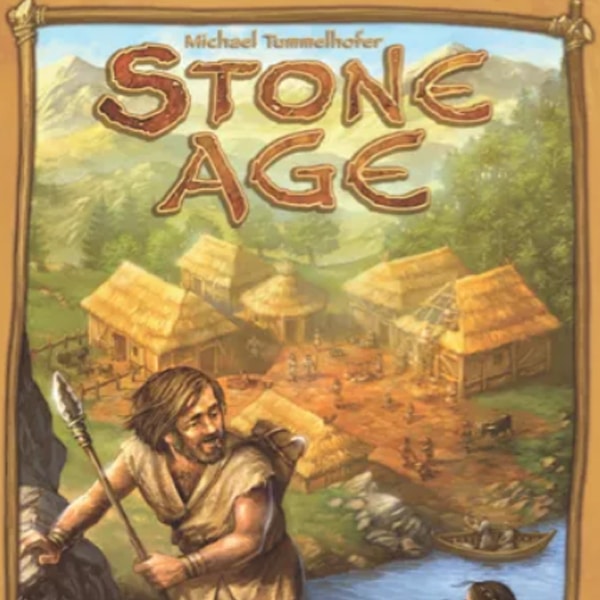
Incorporating mechanics into your designs
When designing a board game, it is essential to consider with care which mechanics will best serve your game's theme, objectives, and target audience. This involves not only selecting the right mechanics but also understanding how they can be effectively combined and adapted to create a unique and engaging gameplay experience. There's a lot to this, much of which you can only really learn by dint of experiment and experience. However, there are four fundamental factors to consider when incorporating mechanics into your custom board game. Let's look at each.
- Consider your game's theme and objectives: What type of game are you creating, and what experiences do you want players to have? Choose mechanics that support and enhance your game's theme and objectives, creating a cohesive and engaging experience.
- Experiment with different mechanics: Don't be afraid to try out different mechanics and combinations, even if they seem unusual or unconventional. This can lead to innovative and exciting gameplay experiences that help your game stand out from the crowd.
- Balance complexity and accessibility: While complex mechanics can offer deep and strategic gameplay, they can also be overwhelming for new or casual players. Balance complexity and accessibility, ensuring that your game appeals to a wide range of players and remains enjoyable for everyone.
- Iterate and refine: As you play test and gather feedback on your game, be prepared to change your mechanics as needed. Iterate and refine your design, ensuring that your mechanics work well together and provide a compelling and balanced gameplay experience.
The last point may, in fact., be the most important point to remember. Game design is complex. It takes a lot of thought and hard work to create a truly enjoyable and worthwhile game. And that means that it won't all come together overnight and your first versions will need changing many times before you have a game with well-balanced and integrated mechanics. Iteration is a word to commit to memory before you embark on your game design journey!
Designing mechanics for different player types
You can't create a game for everyone anymore than you can write a novel or make a movie for everyone. Different players enjoy different gameplay experiences, and it is essential to know who your game is for, to consider your target when designing your game's mechanics. We know that it's not always a good idea to generalize, but it's useful to think about what we can, in broad strokes, describe as the most common player types and the mechanics that appeal to them:
- Strategic thinkers: Players who enjoy carefully planning their moves and making meaningful decisions often appreciate mechanics such as action points, worker placement, and deck building.
- Socializers: Players who enjoy interacting with others and forming alliances may be drawn to mechanics such as negotiation, bluffing, and hidden roles.
- Explorers: Players who enjoy discovering new game elements and adapting their strategies to changing circumstances might enjoy mechanics like tile placement, modular boards, and “tech trees”. Tech trees are systems in which one set of actions or achievements unlocks a new set, direction, or range of possibilities.
- Competitive gamers: Players who thrive on competition and direct conflict may gravitate towards mechanics like area control, bidding, and take-that.
By considering the preferences and play styles of different player types, you can design mechanics that cater to a diverse range of players and create a more inclusive and enjoyable gaming experience on one hand, or you can focus down on a specific niche and build a close design that will satisfy a particular group of players. But whichever mechanics you choose, and whomever may be your target audience, the most difficult and most important aspect of game design is integrating all the disparate elements to create a rich but balanced gaming experience for the players.
Combining mechanics to create a balanced game experience
A balanced game experience is crucial for ensuring that players have fun and remain engaged throughout the gameplay. You may have a fascinating theme, great mechanics, a perfect win condition, and more; but if it's not put together well, the game can still be ultimately unsatisfying for your players. With that in mind, let's share our most helpful tips for bringing everything together and creating a balanced game experience.
- Consider the learning curve: Take care that your game is easy to learn but offers depth and complexity for experienced players. This can help to create a balanced experience that appeals to both new and seasoned gamers. If you get this right, you'll find that complexity needn't exist in the rules and mechanics per se but in the ways they can interact so that new players can quickly pick up the game but more experienced players can still develop interesting and satisfying lines of play.
- Balance risk and reward: Make sure that players have meaningful choices and that the outcome of their actions is not solely determined by luck. If luck is the only force in play, the game soon gets boring because players feel that they have neither agency nor control and it no longer matters what decisions they make. Balance risk and reward, encouraging players to take calculated risks and make strategic decisions and be sure that the decisions they make are meaningful choices that have an actual effect on outcomes..
- Consider player interaction: Promoting player interaction and collaboration, guaranteeing that players remain engaged and invested in the game, can be achieved through mechanics such as trading, negotiation, or cooperative play. Players needn't always be playing against each other. In several kinds of game in which the aim is to solve a puzzle discover hidden information, all the players may need to work together and pool ideas and resources to achieve the collective win condition.
- Create opportunities for comeback: In several traditional board games, individual players can be eliminated. Such games may still be played today, but they are much less popular these days. So, make sure that players who fall behind have opportunities to catch up and remain competitive throughout the game. This can help to prevent either runaway leaders or excluded players, and maintain tension and excitement for everyone throughout the gameplay.
While many popular board game mechanics have been used in countless games, combining these mechanics in new and innovative ways can create unique gameplay experiences that set your game apart from the competition. Look for mechanics that complement each other and work well together, creating interesting interactions and strategic opportunities for players. Don't be afraid to combine mechanics that might not seem like an obvious fit. This can lead to innovative gameplay experiences that surprise and delight players.
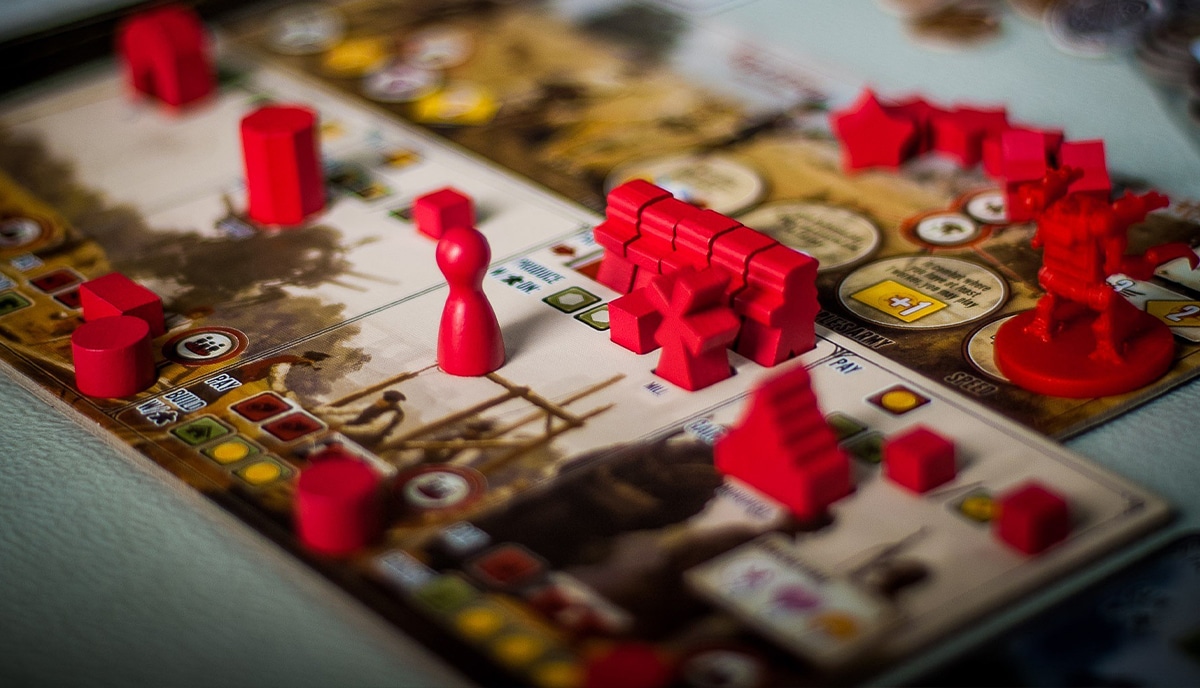
Designing mechanics for learning and educational games
All these ideas are valid for most board game designs, but when designing mechanics for learning and educational games, there's a little more again to consider. It is essential to consider the intended learning outcomes and how the mechanics can support and enhance the learning experience. As most educational games are aimed at children, you must also give careful consideration to the complexity and the appropriateness of the themes and ideas to an age group and level of ability. Let's look at four helpful principles that will help you introduce the best mechanics into your educational games for children and older students.
- Align mechanics with learning objectives: Make sure that the mechanics of your game directly support and reinforce the intended learning objectives. This might involve designing mechanics that simulate real-world processes, order words, make numerical calculations, or require players to apply specific knowledge or skills.
- Create meaningful choices: Design mechanics that encourage players to make meaningful choices based on their understanding of the game's content and objectives. This can help to promote critical thinking and problem-solving skills.
- Encourage collaboration and communication: In many educational contexts, collaboration and communication are key skills for success. Design mechanics that encourage players to work together, share information, and discuss strategies.
- Provide opportunities for reflection and feedback: one important aspect that may not be needed in games made purely for entertainment is incorporating time for reflection. Give the players opportunities to reflect on their actions and the outcomes of their decisions, and provide feedback on their progress. This can help to reinforce learning and promote a developmental mindset.
Before embarking on a specifically educational board game design, you can learn a great deal by exploring what's already out there and making notes on how various game mechanics function within the educational context. And as with any other game, iterative testing and redesign is essential to your success. Once you have a reasonable prototype, you could try asking in your local school or library for an opportunity to play test the game with their children. While we've already mentioned the importance of iterative play testing, it's impossible to overstate the importance of this aspect of developing your game mechanics. So, let's just take a moment to go into this in a little more depth.
Testing and refining your game mechanics
Once you have designed the mechanics for your game, it is essential to play test and refine your design to ensure that it provides a balanced, engaging, and enjoyable gameplay experience. And, to be honest, you can't test and refine too much. In our experience, the main reason board games don't see the success that their creators hoped is that they didn't play test enough, and that they didn't begin testing early enough. It's much easier to make incremental changes and improvements at each stage of development than it is to go back and redesign a board game that's already a long way down the road and into which you've plowed a lot of time and resources. So, these are our top tips for making sure that your game, and especially how your mechanics integrate and function, develop smoothly, each new iteration parting from an established point based on the last.
- Play test early and often: Play testing is a crucial part of the game design process and should begin as early as possible. Play test your game with a variety of players, including those who are new to the hobby and those who are experienced gamers. Don't settle for friends and family. You'll need a much more objective form of feedback to guide your forward progress. Take your game to game nights and conventions and have complete strangers test it for you.
- Gather feedback: Encourage play testers to provide feedback on their experience, including any issues they encountered, aspects of the game they enjoyed, and suggestions for improvement. This feedback can be invaluable for identifying areas where your mechanics may need refining or adjustments. You can make it easier for them and more useful for yourself by providing your play testers with a questionnaire to fill in after they've played the game and giving you direct verbal feedback. When possible, it's also a great idea to sit out the game and watch the play, noting when the players are most engaged and when less so, what they seem to enjoy and what seems to frustrate them. Make notes.
- Iterate and refine: Based on the feedback you receive, make changes and adjustments to your mechanics as needed. This might involve tweaking existing mechanics, removing mechanics that are not working, or adding new mechanics to address specific issues or enhance the gameplay experience. You can't be precious about this. You need to put the functionality of your game above all other considerations.
- Test for balance: As you change your mechanics, continue to play test your game to make sure that it remains balanced and provides a satisfying challenge for players. This might involve adjusting the difficulty, tuning the rewards and penalties associated with different actions, or changing the win conditions.
You can speed this process up a little—especially if you're using homemade prototypes using cardboard, found objects, and substitute components such as toy soldiers for figurines and dice borrowed from the old family Monopoly set, for example—by A/B testing different versions of the game simultaneously. This is also a good diagnostic technique when you're not sure which mechanic needs changing to solve the gameplay problem.
Inspiration and research for game mechanics design
When designing your game mechanics, it's helpful to draw inspiration from existing games and game design resources and to learn directly from more experienced game designers and developers. The board game community is a friendly, open, and enthusiastic one in which you can make new friendships and contacts even as you build interest in your games and reach out to other players and designers.
- Play a wide variety of games: The more games you play, the more familiar you will become with different mechanics and design approaches. This can help to spark ideas and inspire your own designs. In short, you can't play too many games!
- Study game design resources: There are many books, articles, and online resources available that explore the theory and practice of game design. These resources can provide valuable insights and guidance as you design your game mechanics. We have a growing list of resources right here on the QinPrinting game blog dedicated to helping you with every aspect of designing, developing, printing, manufacturing, and distributing your board games. We also have an in-depth guide to every aspect of board game design. It's long—not far off 10,000 words—so, bookmark it and comeback to it as you work through the information. You can find it here: How to Design Your Own Professional Board Game: A Complete Guide for Beginners.
- Take part in game design communities: Join online forums, social media groups, or other spaces dedicated to game design. These communities can provide a wealth of knowledge, inspiration, and support as you develop your game mechanics. It's also a great way to build a list of potential play testers and even supporters for your Kickstarter funding campaign. Go to game nights, conventions, and local meetups as often as you can.
- Learn from other designers: Attend game design workshops, conferences, or conventions to meet and learn from other game designers. This can help you gain new perspectives, expand your knowledge, and stay current with the latest trends and developments in the industry. When you read a book or a blog by an established designer that you find helpful and informative, reach out to say so: leave a comment or shoot off an email. Nothing may come of it, but networking and making connections can be a helpful step on your way to board game design success.
Designing board game mechanics is both an art and a science, requiring a deep understanding of player preferences, strategic thinking, and the principles of game design. By exploring popular mechanics, experimenting with combinations, and refining your designs through play testing and feedback, you can create engaging and enjoyable experiences that stand out in the crowded world of board games. Remember to keep your target audience in mind, balance complexity with accessibility, and always be open to learning and iterating on your designs.
Let's talk!
If you've been learning about board game mechanics because you want to design, develop, and publish your own custom game, you're at the beginning of a fantastic and rewarding creative enterprise. At Qin Printing, we love board games. Our board game creation service goes beyond simply printing boards — although we do that, too! We can work with you to create a prototype, design and print your rule book, and even manufacture custom components for your game, including tiles, cards, dice, figures, miniatures, and more. And we complete the complete package with a custom printed game box. In short, we're more than a printing service: we offer a complete board game manufacture solution.
Interested? Get in touch today for a no-obligation quote on your project. Or, if you'd prefer, just talk to us about your idea and one of our experts from our experienced team will be happy to explain how we can help realize your dream of a beautiful, unique, custom board game. We look forward to sharing your enthusiasm and putting our experience, knowledge, and state-of-the-art technology at your disposal. Let's talk!





